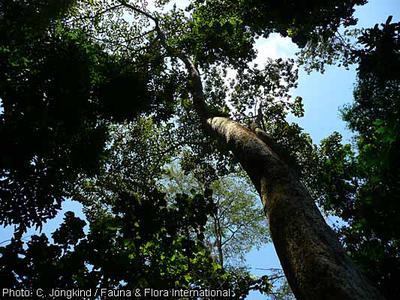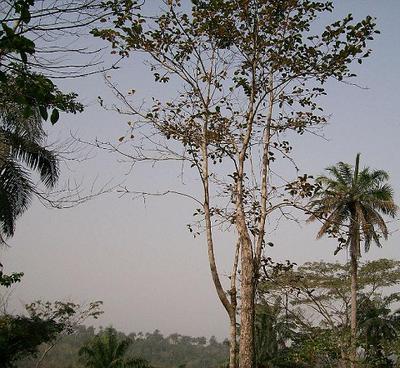VANILLA BEANS | SOYBEAN OIL | SOYMEAL & CAKE | COCOA BEANS | COFFEE BEANS
Cordia millenii tree

Photo/appearance
Drum Tree
What you can use the plant for:
You can use this tree plant for The wood, often traded as ‘cordia wood’ or ‘pooli’, is commonly used for construction, joinery, interior trim, panelling, furniture, musical instruments including drums, boxes, toys, utensils, tool handles, shingles, canoes and carving. It is suitable for boat building, cabinet work, veneer, plywood and hardboard. It is also used as firewood.
In Cameroon large pieces of bark are stripped from the bole to make hut-walls and partitions. In West Africa seed powder mixed with palm oil is taken as a vermifuge and applied externally to ringworm and itching skin, whereas a leaf decoction is also taken to dispel worms, and to treat asthma, cough and colds. Cordia millenii is commonly planted as a village shade tree. It has also been planted in reafforestation programmes.
In Uganda Cordia millenii trees are often left for shade in Eucalyptus and coffee plantations. The flowers provide nectar and pollen for honey bees.
Large-scale exploitation, as well as declines in the extent of the habitat, is occurring throughout its range.
To buy this plant or its products click here.
Plant species Name(s)
Cordia millenii
drum tree
Plant Local name(s)
Lunyoro(mujugangoma, mutumba), and in
Luganda (mukebu)
Where to find this Plant in Uganda
In Uganda you will often find this tree in Bunyoro, Masaka, Toro, Mengo and it is less common elsewhere.
Deciduous, dioecious, small to medium-sized tree up to 30(–35) m tall; bole cylindrical, often irregularly bent, branchless for up to 10(–15) m, up to 100(–120) cm in diameter, old trees often with stout but low buttresses; bark surface smooth in young trees becoming scaly and fissured in older trees, pale brown to greyish brown, inner bark soft, fibrous, yellowish, rapidly becoming greenish to dark brown upon exposure, with an earthy smell; crown fairly thin, flattened, with widely spreading branches; twigs short-hairy.
Leaves alternate to nearly opposite, simple; stipules absent; petiole slender, 2.5–16 cm long; blade broadly ovate-elliptical to nearly round, (3.5–)10–28(–33) cm × (2–)5–17(–26) cm, rounded to cordate at base, rounded to short-acuminate at apex, margins nearly entire to slightly and irregularly toothed, deep green above and olive green and hairy below, more or less 3-veined from the base and with 4–8 pairs of lateral veins. Inflorescence a large, terminal, very lax, spreading panicle up to 45 cm long, consisting of condensed cymes.
Flowers unisexual, regular, whitish, nearly sessile, sweet-scented; calyx tubular, 6–12 mm long, finely hairy outside, with 3–4 lobes; corolla with funnel-shaped tube 5–12 mm long and 4–7 lobes 4.5–7 mm long; stamens alternating with corolla lobes, exserted; ovary superior, ovoid, glabrous, 4-celled, style twice bifid with 4 linear stigmas; male flowers with rudimentary ovary, female flowers with sterile stamens. Fruit an ovoid to ellipsoid drupe up to 4.5 cm × 3 cm, yellowish to brown when ripe, enclosed at base by the persistent and enlarged calyx, stone containing 1–2(–4)
seeds. Seedling with epigeal germination; hypocotyl 2–4 cm long, finely hairy, epicotyl c. 0.5 cm long, hairy; cotyledons leafy, fan-shaped and folded, c. 2 cm × 2 cm, toothed at the apical edge, with slender petiole up to 8 mm long; first leaves alternate, toothed, hairy
To buy this plant or its products click here.
Join in and write your own page! It's easy to do. How? Simply click here to return to Plants Guide.
Haven't yet found what you Want...?
If you haven't yet found what you were looking for or you need detailed information about the subject matter on this page then... feel free to ask our business travel consultants. |







